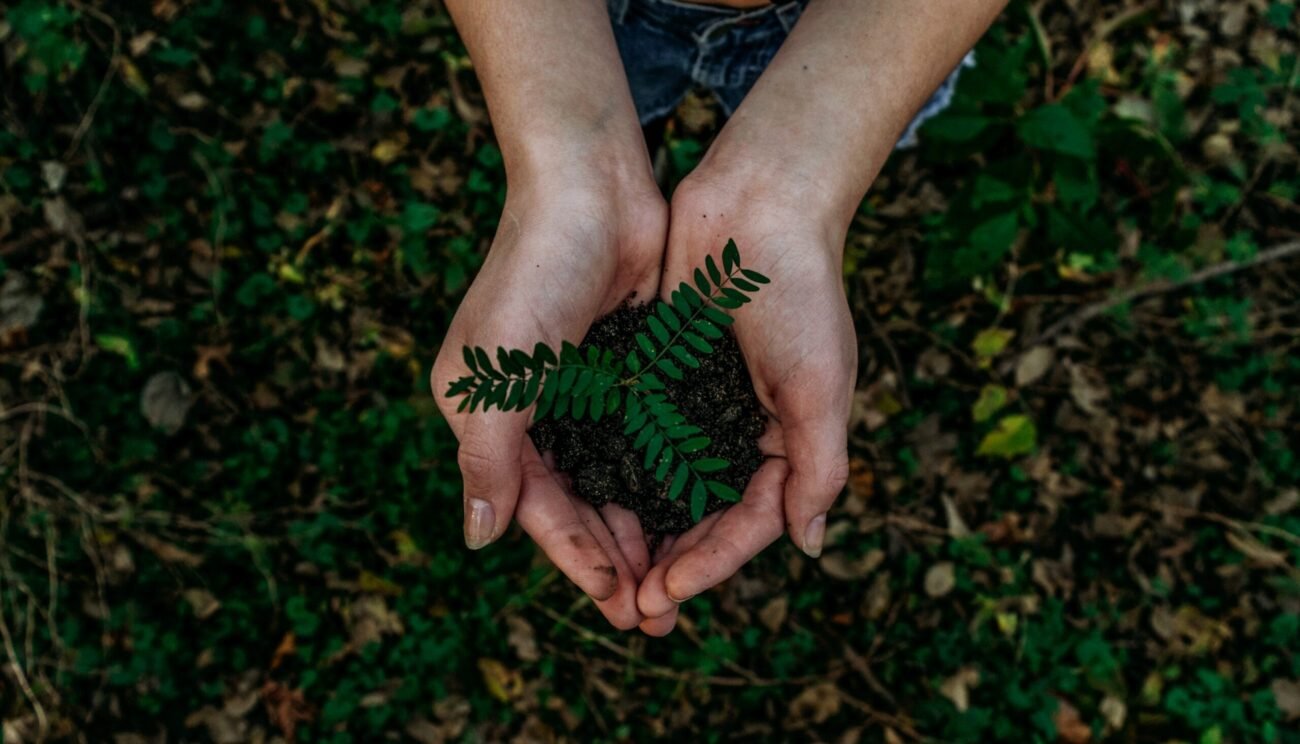24. Embracing Green Living: Sustainable Practices for a Greener Tomorrow
Understanding Green Living
Green living is a holistic approach that seeks to reduce our ecological footprint and promote a harmonious relationship with the environment. It encompasses various aspects of daily life, from the products we use to the choices we make in energy consumption, transportation, and more. The goal is to live in a way that sustains and preserves the planet for future generations.
1. Minimizing Household Waste
Composting: Start a compost bin to turn kitchen scraps and organic waste into nutrient-rich compost for your garden. This not only reduces landfill waste but also provides a sustainable way to fertilize your plants.
Say No to Single-Use Plastics: Eliminate or reduce the use of single-use plastics in your home. Opt for reusable shopping bags, water bottles, and containers to cut down on plastic waste.
Mindful Grocery Shopping: Plan your grocery shopping to minimize food waste. Buy in bulk when possible, choose products with minimal packaging, and be conscious of expiration dates.
2. Conserving Energy at Home
Energy-Efficient Appliances: Upgrade to energy-efficient appliances that bear the ENERGY STAR label. These appliances consume less energy, leading to lower utility bills and a reduced carbon footprint.
Unplug Devices: Unplug chargers and electronic devices when not in use. Even when turned off, many devices still draw power, contributing to “phantom” energy consumption.
Natural Lighting: Make the most of natural light during the day to reduce the need for artificial lighting. Consider using energy-efficient LED bulbs when additional lighting is necessary.
3. Sustainable Transportation
Carpooling and Public Transit: Reduce your carbon footprint by carpooling with others or using public transportation. If possible, consider biking or walking for short distances.
Fuel-Efficient Vehicles: If you’re in the market for a new vehicle, consider a fuel-efficient or electric car. These options are not only better for the environment but can also save you money on fuel in the long run.
Regular Vehicle Maintenance: Keep your car well-maintained to ensure optimal fuel efficiency. Regularly check and replace air filters, maintain proper tire pressure, and schedule routine tune-ups.
4. Cultivating a Sustainable Garden
Native Plants: Opt for native plants in your garden, as they are better adapted to the local climate and require less water and maintenance.
Rainwater Harvesting: Install a rain barrel to collect rainwater for watering your plants. This sustainable practice conserves water and reduces reliance on municipal water sources.
Chemical-Free Gardening: Embrace organic and chemical-free gardening practices. Use natural fertilizers and pesticides to maintain a healthy garden ecosystem.
5. Mindful Water Usage
Fix Leaks Promptly: Repair any leaks in faucets, toilets, or irrigation systems promptly. A small leak can waste a significant amount of water over time.
Water-Efficient Appliances: Invest in water-efficient appliances, such as low-flow toilets and high-efficiency washing machines. These appliances reduce water consumption without compromising performance.
Collect Rainwater: Besides garden use, consider collecting rainwater for other non-potable household uses, such as flushing toilets or cleaning.
Conclusion: A Greener Tomorrow Starts Today
Embracing green living is not about drastic changes but rather making thoughtful choices that collectively contribute to a sustainable future. By adopting these sustainable practices, you not only reduce your environmental impact but also inspire others to follow suit. Let’s commit to a greener tomorrow, where conscious choices become the norm, and our collective efforts create a positive impact on the planet we call home.



